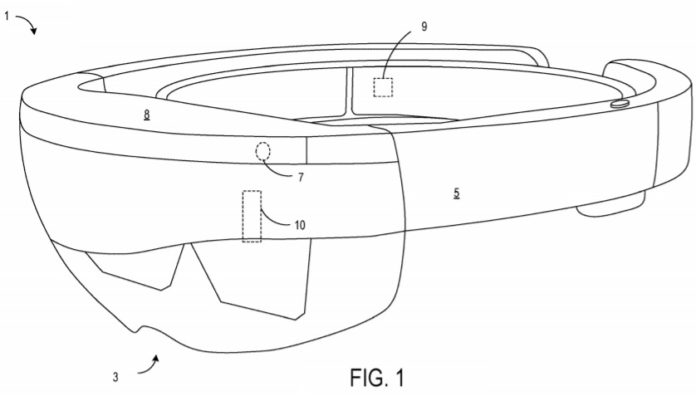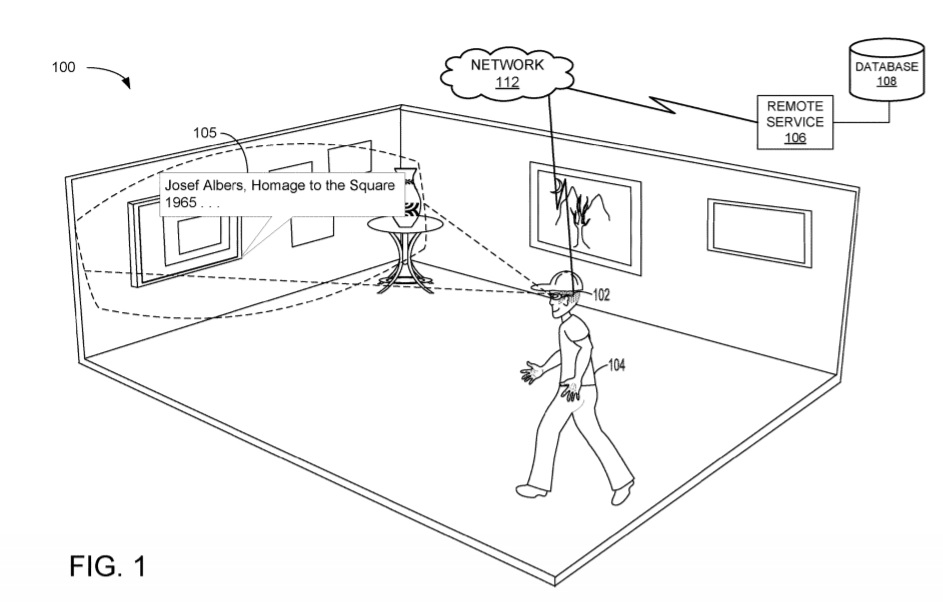Microsoft Patents Hint at Wider FOV, Other Improvements to HoloLens 2
Microsoft hasn't made any official HoloLens announcements in a while. That could be set to change, however, because two recently discovered patents describe various improvements to augmented reality (AR) headsets that bear more than a passing resemblance to the HoloLens we know today.
The patents were published by the U.S. Patent and Trademark Office on February 14 and quickly discovered by the folks at Windows Latest. They are titled "Multiplexed Hologram Tiling In A Waveguide Display" and "Eye-Tracking With Mems Scanning and Reflected Light."
The first patent relates to eye-tracking in AR devices. Microsoft effectively said that current eye-tracking solutions could make a head-mounted display more expensive, less comfortable and harder to use. The technology described in the patent aims to address all of those problems with numerous technologies crammed into a device that looks like the current HoloLens.
The other patent is supposed to offer wider fields of view (FOV) in waveguide-reliant displays like the HoloLens. Those headsets can often display a narrow FOV that requires you to constantly turn your head if you want to see something in your periphery; this Microsoft patent covers one technology that could be used to overcome that limitation. The current HoloLens' FOV is a mere 35 degrees.
Here's how it's described in the patent:
“Embodiments are disclosed herein that relate to providing a near-eye display device with a wide field of view through the use of angularly multiplexed holographic recordings to form gratings for the waveguide. The angularly multiplexed holographic recordings may be spatially overlapped in relation to one another. This may help to decrease a size of the display device compared to the use of layers of gratings.”
Basically, Microsoft found a way to either A) keep the FOV the same while shrinking the device or B) expand the FOV while keeping the device the same size. Either would make sense for the next iteration of the HoloLens. (And in the future we wouldn't be surprised if the device shrinks while the FOV expands.)
Get Tom's Hardware's best news and in-depth reviews, straight to your inbox.
Microsoft filed the first patent in 2017 and the second in 2018. This means that even though they were just published on Valentine’s Day, there's a good chance that the company has already improved upon the technologies, as well as other aspects of the HoloLens since. We won't know until the HoloLens 2, or whatever it's going to be called, is officially revealed to the public.
Current signs indicate that Microsoft is planning to announce the HoloLens 2 at MWC Barcelona 2019. The event kicks off later this month, so hopefully it won't be too long until we finally learn more about what Microsoft has planned for HoloLens.

Nathaniel Mott is a freelance news and features writer for Tom's Hardware US, covering breaking news, security, and the silliest aspects of the tech industry.

